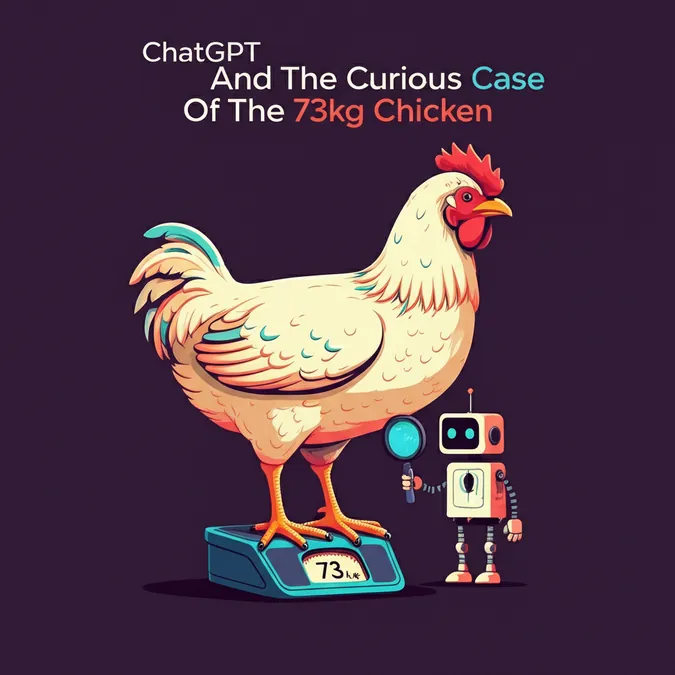Developer Offer
Try ImaginePro API with 50 Free Credits
Build and ship AI-powered visuals with Midjourney, Flux, and more — free credits refresh every month.
OpenAI Bets Big On India For Global AI Dominance
While ChatGPT's growth in the West has been historic, its expansion in India is setting a new benchmark for AI adoption. According to a new research note from JPMorgan, OpenAI is strategically positioning itself as a dominant force in India's burgeoning AI landscape, leveraging the nation's unique digital ecosystem to fuel its global ambitions.
The Indian Advantage A Mobile First Nation
India presents a near-perfect market for a mobile-centric service like ChatGPT. The country boasts one of the youngest populations in the world and a staggering 945 million mobile phone users. This massive, tech-savvy, and digital-native user base provides fertile ground for rapid adoption and viral growth, which OpenAI has successfully tapped into.
ChatGPTs Viral Rise and Competitive Edge
The data confirms ChatGPT's explosive growth. JPMorgan's report highlights that the AI chatbot has seen faster download growth in India than in almost any other region. This momentum isn't just about gaining users; it's about winning the market. This rapid uptake has directly impacted competitors, with Google's Gemini experiencing a roughly 6% decline in its total download share in India during the same period. The charts below illustrate ChatGPT's impressive user acquisition and its lead over rivals.
The Long Game User Growth Over Immediate Profit
Despite the incredible user growth, OpenAI appears to be playing the long game, prioritizing market penetration over immediate revenue. CEO Sam Altman's vision is to make ChatGPT a personalized AI companion deeply integrated into daily life. This strategy is reminiscent of Meta's early approach with its social media platforms, where it focused on amassing billions of users for years before implementing monetization strategies.
By focusing on building a loyal user base first, OpenAI is making a calculated bet that delaying monetization will result in greater long-term market dominance.
Navigating the Risks and Monetization Hurdles
This strategy is not without significant risks. JPMorgan analysts note that the costs of running the AI models (inference costs) for a massive free user base are substantial. Unlike traditional software, the high operational costs of generative AI make a prolonged free-tier strategy financially challenging.
Furthermore, India is a price-sensitive market with lower average discretionary income, which could limit the number of users willing to convert to paid subscriptions. The analysts warned, "it is not clear such a strategy would be feasible for such a prolonged period of time."
A Strategic Play for a 700 Billion Dollar Market
Despite the challenges, OpenAI's global strategy is backed by immense capital strength, having raised $63 billion to date. This financial backing, along with strategic acquisitions, signals a clear intent to establish a deep and lasting footprint in key emerging markets like India.
Ultimately, India serves as both a vibrant consumer testbed and a crucial proving ground for OpenAI's long-term ambitions. The company's success here could be a major step toward capturing a significant share of the global AI market, which JPMorgan estimates could be worth over $700 billion by 2030.
Compare Plans & Pricing
Find the plan that matches your workload and unlock full access to ImaginePro.
| Plan | Price | Highlights |
|---|---|---|
| Standard | $8 / month |
|
| Premium | $20 / month |
|
Need custom terms? Talk to us to tailor credits, rate limits, or deployment options.
View All Pricing Details

